2015.03.09 19:25
The Battle of the Ancients and the Moderns (sequel #______ )
Yes, but the "ideas about the aesthetics and functions of space, and ideas about the process and purpose of construction defin[ing] what may be called 'modernist'" were indeed informed by advanced technologies, and it's still that way. For example, just think of how many technologies it takes for Rick Joy's "realist" desert houses to carry off their "aesthetics and functions of space" and remain habitable.
2015.03.09 20:44
The Battle of the Ancients and the Moderns (sequel #______ )
If you think I believe that "modern technology=modern design," then you are mistaken. As the 20th century progressed, all architectural design became more and more an expression of newly developed technologies. For example, the existence of skyscrapers is largely dependent on elevators, and, even though most of the early skyscrapers are done in a classical style, their design is modern where the classical aspect is only a styling. The Tuscaloosa Court House is not a genuine classical building--for a start, the plan is a modern/classical hybrid, at best. And, like classical skyscrapers, the Court House is only classical in styling (and a very average deployment of classical styling at that).
And to clarify a big mistake you made, architecture was not the main technology for the storage and dissemination of information prior to the printing press. For example, much of the knowledge of the ancient world that fueled the Italian Renaissance came from Byzantine manuscripts brought to Italy by monks, etc. fleeing the Turkish invasion of Constantinople in the mid 15th century. Gothic cathedrals were 'texts' for illiterates, while literate people were reading and writing manuscripts.
2015.03.09 21:45
Orange County legislators fail to save Paul Rudolph's Government Center
I am not superimposing a modernist value structure on classical architecture. I am merely looking at the history of Classical architecture itself. In broad terms, each generation (and 'nationality') strove to make improvements on what was done before--sometimes in the form of refinements, and sometimes in unprecedented innovations, like the introduction of the arch and dome into the classical lexicon. The Roman circus, for example, finally reached its point of highest refinement with the Circus of Maxentius (c.309AD) which is very late considering that Rome was founded c.750BC. Come the Renaissance, when classical architecture became both a practical and academic exercise, we see all the architects trying to out do each other in style and design. Michelangelo stands out as he almost exclusively focused on the design of moldings, and the results of his constant experimentation remain unparalleled in their classical innovations, which, in turn fuelled Mannerism and the Baroque. Neo-classical architecture is due largely to the 'rediscovery' of ancient Greek architecture and the publication of their details and measurements.
Classical architectural design today just doesn't seem to have any that aliveness, rather more like rigor mortis set in.
ps. A couple of weeks ago I was looking through all the HABS collection drawings featuring architecture in Philadelphia. EKE, I thought of you and wondered whether you knew about this online resource, as there are so many measured drawings of all kinds of America architecture, full of plans, elevations and details, and how all this information could really aid in making American classical architecture more innovative if not even more American, again.
pss. Check out Gunston Hall, Virginia. I did the 'Chinese' Dining Room drawings.
2015.03.10 10:50
The Battle of the Ancients and the Moderns (sequel #______ )
Richard, I overall agree with your concise synopsis of the "modern" situation of architecture over the last 100 years or so. It pretty much equals the baseline of my own "analysis" of the situation. My present interest is to look at how architecture is designed now with an eye towards what/how (ever advancing) technologies are making what aspects of design possible. Aspects like the ever increasing "openness" between inside and outside, the ongoing lengthening of cantilevers, the expansive modulation of the building skin both exterior and interior. At this point (in architectural history), things like mechanized plumbing and heating and their overall enabler of electricity are taken for granted, yet, without these, much of the architecture designed and built over the last 100 years would be inadequate as habitable shelter.
threadkilla, I really don't think you have a point, because most of our present in-depth knowledge of the "pre-modern" world has come to us via manuscript texts. Yes there are some aspects of "pre-modern" civilizations where all we know of them comes from carved stone remains, but it is probably wrong to thus maintain that those remains represent the greater extent of how those civilizations communicated.
2015.03.10 11:15
Orange County legislators fail to save Paul Rudolph's Government Center
Yep, rigor mortis.
| |
2015.03.17 16:27
17 March
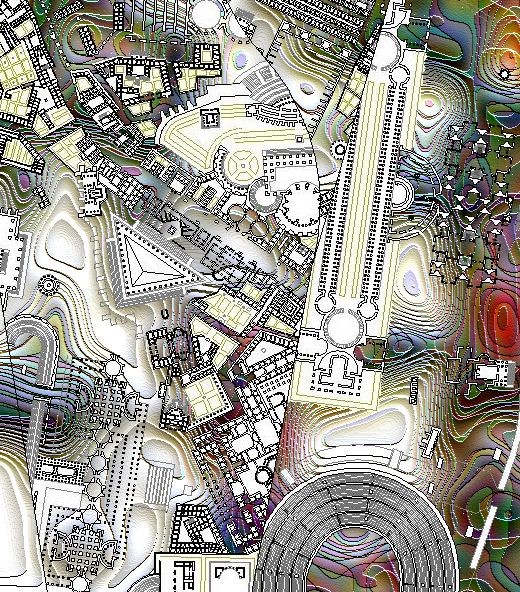
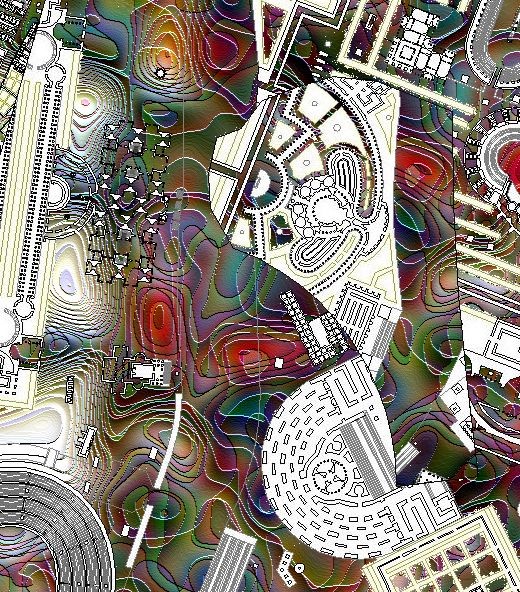

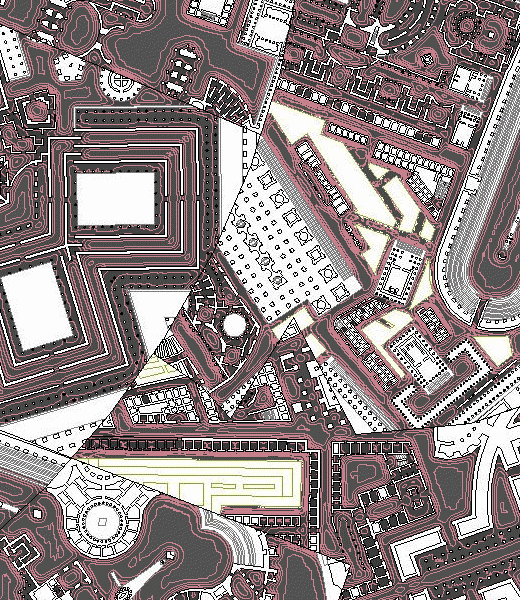

| |

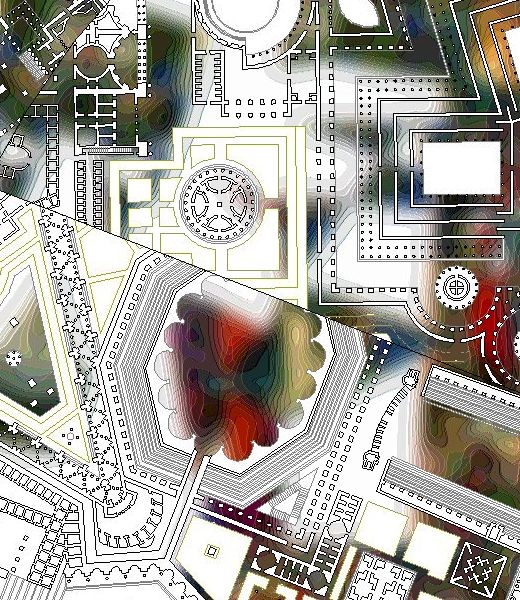
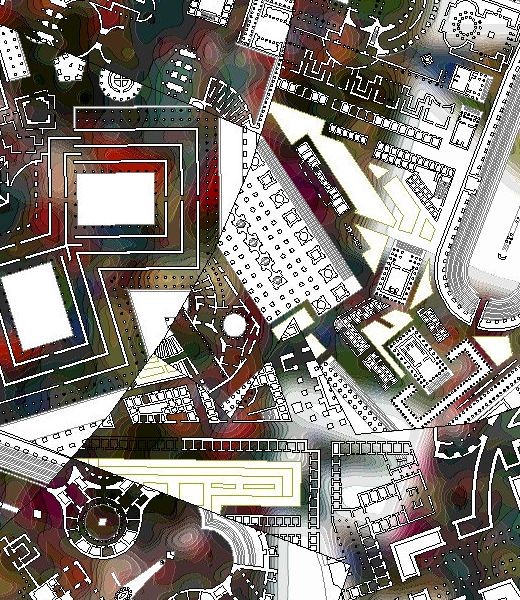
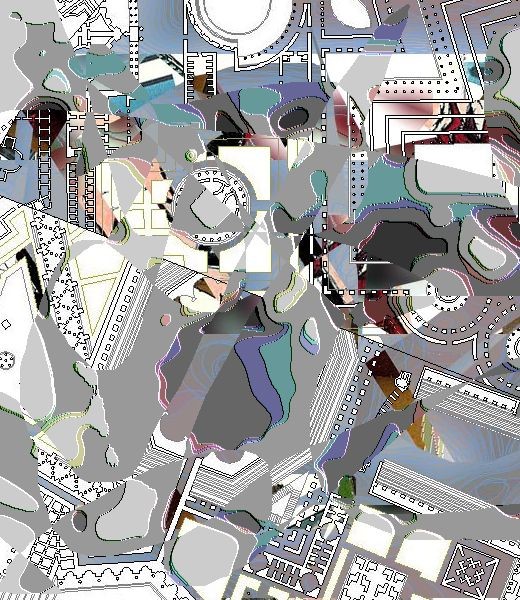
Yes, the same as that employed in the two previous works. But this time, another reagent is introduced to the chemical process of catalyzing the form: the forty-five degree rotation of the geometric solid relative to the cage will let us try to understand the work before passing judgment. House I (the Barenholtz Pavilion in Princeton), 2158 and House II, 1969 (fig. 18), are one single search directed towards neutralizing every "realistic" perception of the building. The pure prism comes into conflict with the intersection of the floors and with the point-configuration of this rotation, is emptied. This theme bears only a superficial resemblance to Hejduk's Diamond House or to some of the work of Graves. To Eisenman, rotation serves only to question the very concept of "composition." There can be no synthesis after this transgression - as there is for Graves - nor any self-satisfaction in the work - as there is for Hejduk in Projects A, B, and C.
This means that not only must the semantic aspects be put aside, but so must the pragmatic ones. What is left is only "virtual space": as with Hejduk's, Eisenman's architecture has been violently attacked as anti-architectonic abstraction.
2015.03.18 10:53
Improvisation and Troublemaking: Frank Gehry in Conversation with Eric Owen Moss at SCI-Arc
Thayer-D, it comes across that you believe yourself to be exactly the right architect for "the kind of work that most clients seem to want." And, if this is true, you should be a very busy architect indeed, happily designing "well built, commodious, and delightful abodes" for all the clients that want just that. One would thus think then that your "suffocating" education hasn't really been a detriment at all. Moreover, your constant complaining probably only works against you because the more architects that start thinking and designing like you will likely result in less work for yourself.
Spent about a hour this morning looking over a number of drawings of Lutyen's house designs. There's no question he was very creative and very innovative in designing "well built, commodious, and delightful abodes." Among his talents, like Michelangelo, was his innovative design of moldings--perhaps even the last architect to be so classically clever.
I'm beginning to wonder if creativity today even exists without innovation being a vital ingredient. Then again, the notion of creativity where stagnation is a key ingredient conjures a variety of imaginative insurgencies. hmmm
2015.03.18 15:54
Improvisation and Troublemaking: Frank Gehry in Conversation with Eric Owen Moss at SCI-Arc
Thayer-D, that last part--Try what they did at most schools and all they'll be able to see is the family resemblance and start with the whole Disney critique. to actually understand the innovations, you have to spend time working with the vocabulary, something that's simply not allowed. And if you did finally innovate aesthetically, some might still say it looks like a pig.--doesn't hold any water these days because I doubt any student now who wants to study classical/traditional architecture would waste their time and a lot of money enrolling in a program where classical/traditional architecture wasn't taught.
Regarding aesthetic innovation versus technological innovation, well, that's a subject most apropos to Gehry's work, for his is among that relatively rare set of architecture that manifests both aesthetic innovation and technological innovation, and even rarer in that the aesthetic and the technological are symbiotic. Generally speaking, the early works exhibit an aesthetic informed by the technological, while the middle works exhibit a technological informed by the aesthetic, and the later work exhibit an almost overwhelming facile-ness with both the aesthetic and the technological.
Perhaps it is this symbiotic designing of the aesthetic and the technological that lies at the core of Gehry's design "philosophy."
|